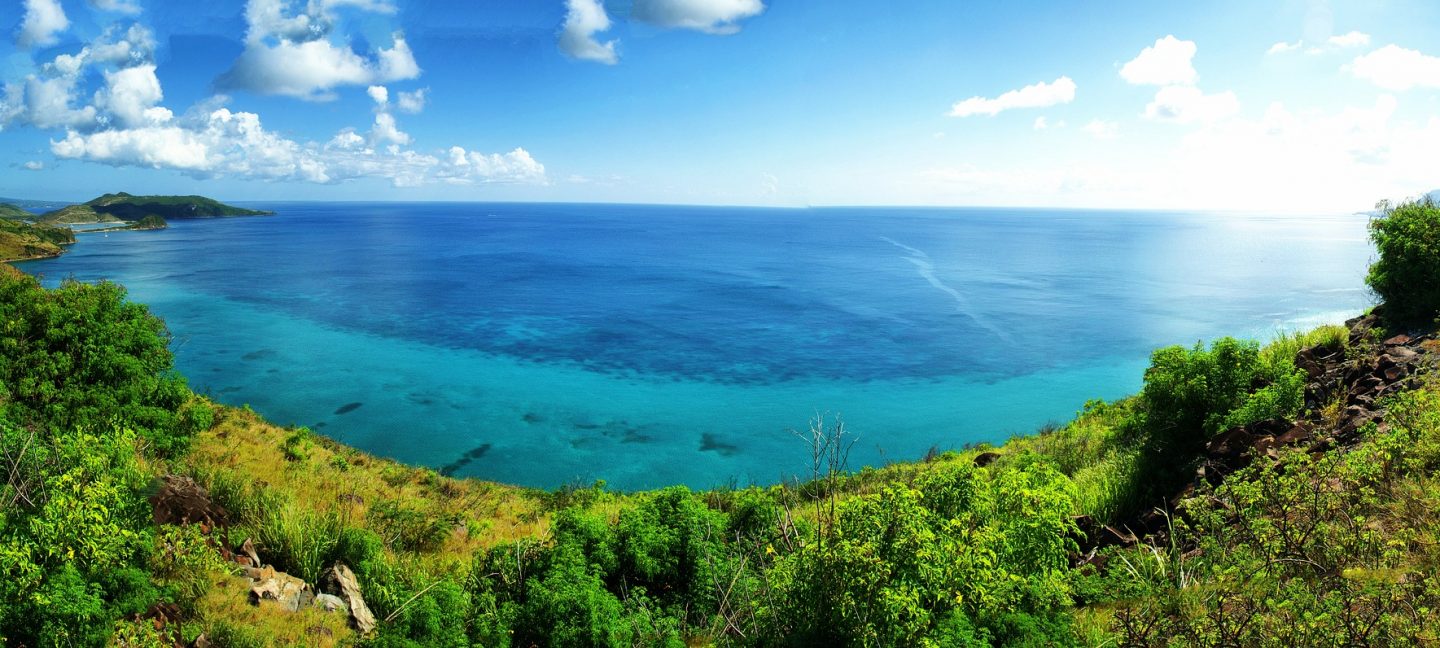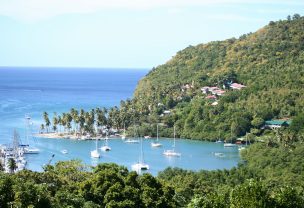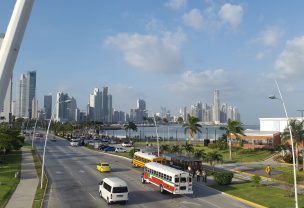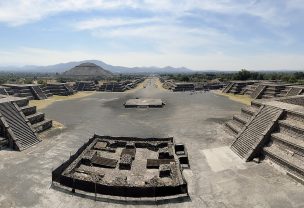Quick facts
- Full name: St. Kitts and Nevis
- Capital: Basseterre
- Largest city: Basseterre
- Official language: English
- Area: 261 km2
- Population: 54,821
- Currency: East Caribbean Dollar (XCD) 1 (XCD) = 100 cents
- Foreign tourists: 120 thousand (2016)
- Travel risks and hazards: Hurricane season, petty crime.
St.Kitts and Nevis is the smallest nation in the Caribbean, and what follows probably the most relaxed place to visit. The sister islands both boast beautiful beaches and landscape. Both of them have some of the best golf courses in the Caribbean. The temperature never gets too chilly, with an average of 25 degrees Celsius all year round. When visiting the islands tourists are bound to see a group of wandering monkeys. These little creatures have influenced the islands to such an extent, that a lot of the places such as bars, beaches, and resorts have a monkey in their name. Although the islands are thought to be really relaxed, there are hazards to look out for.
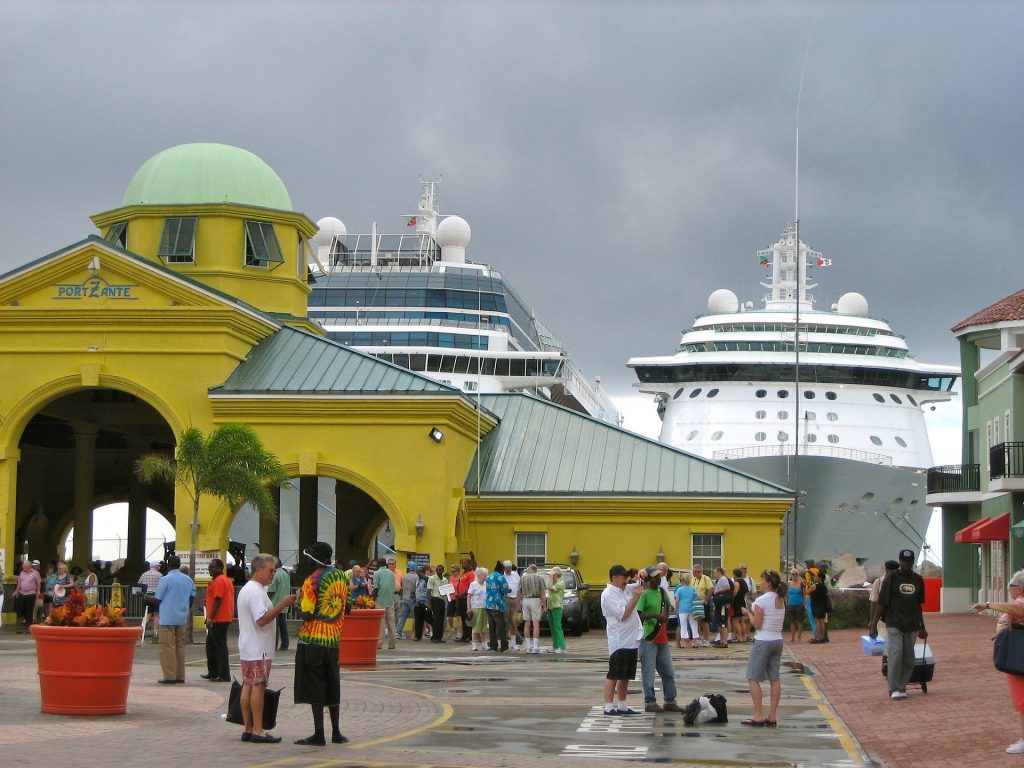
Traveling info
Visitors coming from the USA, Canada, Australia, Britain and the EU with the exception of Croatia and Bulgaria, are exempt from obtaining a visa for a 90 days stay. Every other nationality is required to obtain a visitor Visa that costs 100 (USD).
Drivers are required to obtain a visitor’s driver’s license that can be purchased from the Traffic Department or Fire station for a small fee. The public communication consists of minibusses and taxis. The left-hand side of the road is used for driving.
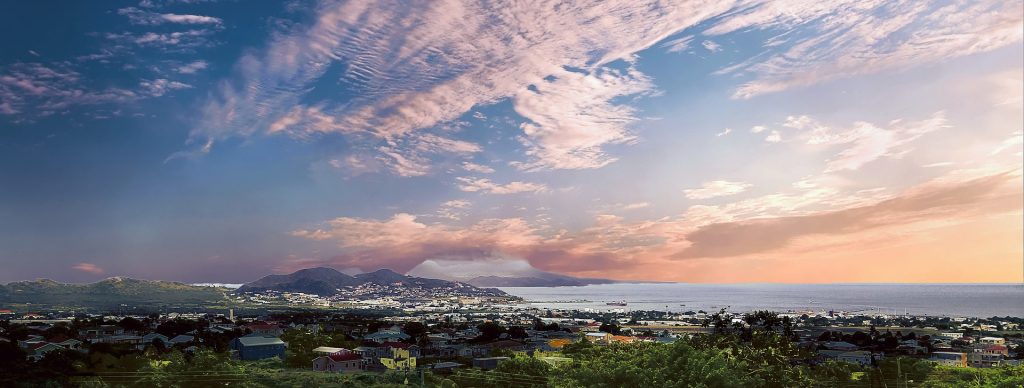
Traveling hazards
Roads are generally safe however sometimes may be poorly marked. The greatest danger awaiting on St Kitts and Nevis are other drivers who sometimes stop in the middle of a road for a chat or to pick up passengers, therefore, beware of drivers ahead. Honking is used for greeting rather than as a warning. Livestock wandering on the roads is also common and especially dangerous at night since roads are poorly lit.
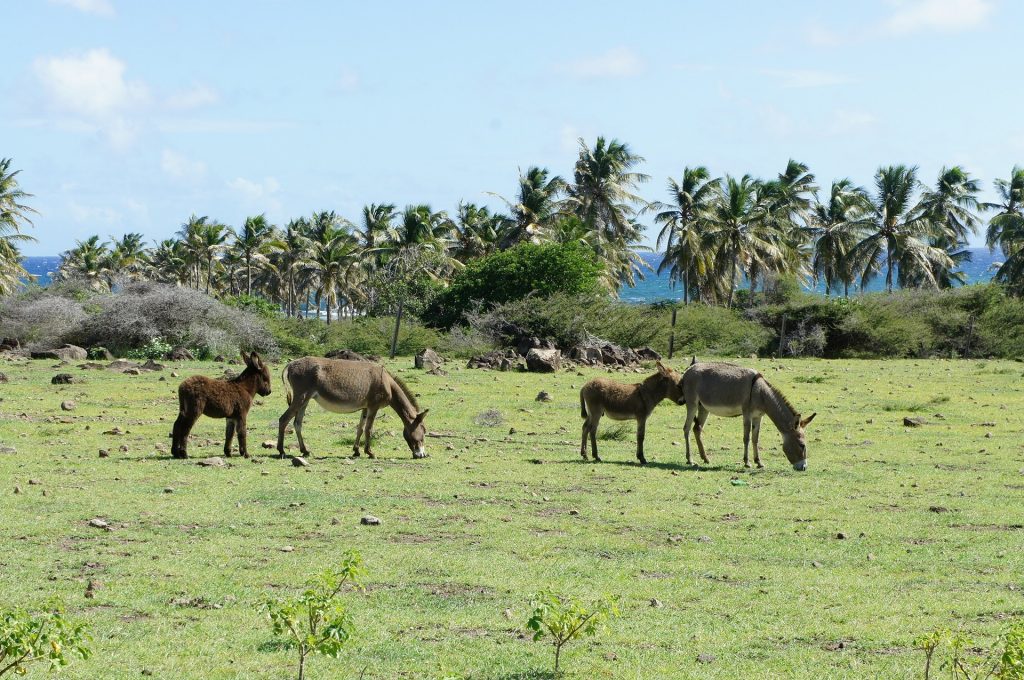
Environmental hazards
Greatest danger awaiting you on the island are probably mosquitoes and no see ums, however, both are only active depending on the weather. Most of these will be around salt pond etc. besides these spiders and scorpions can be found around the island although these are very rarely seen and none of these pose a life threat however a bite or a sting can be painful. Waters are safe during the day however beware of sea urchins and not to step on them. It is advised not to wear shiny objects into the water as it may attract a barracuda fish that may leave a nasty bite. Avoid swimming after dusk, sharks although very rarely seen with the exception of the nurse shark, are mostly active at that time.
Like all of the nations in the Caribbean, St.Kitts and Nevis experience the cyclone season which starts in early June and lasts until late November. During that time tropical cyclones may hit and devastate the island.
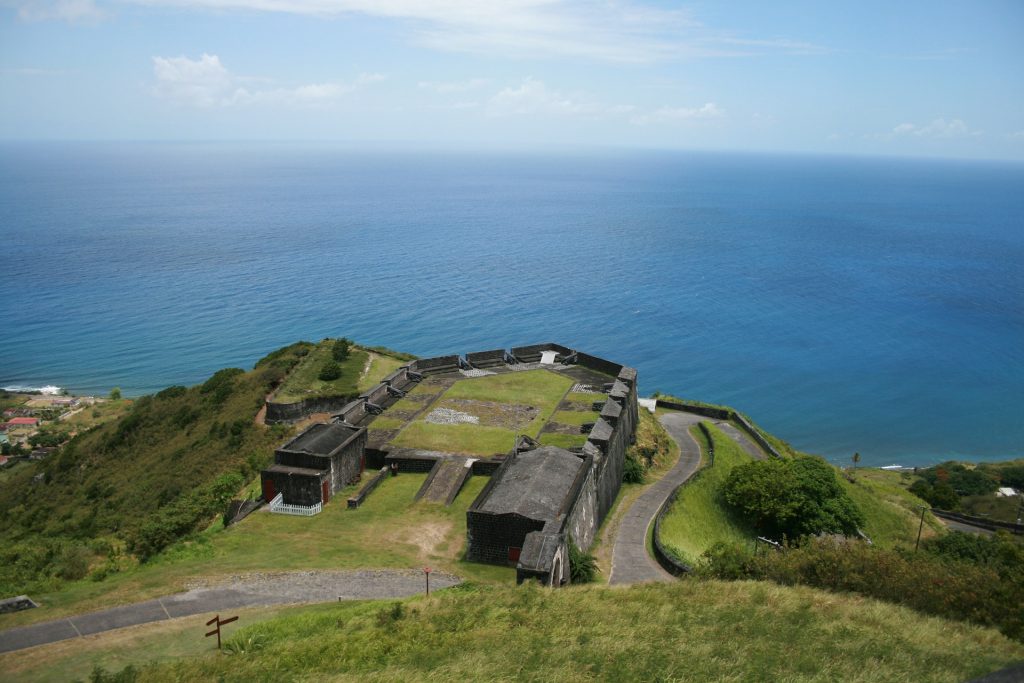
Health hazards
Visitors entering the Islands from the countries with a risk of yellow fever are required to present a proof of vaccination. (List of risk areas in sources)
All travelers are recommended to have their routine aka MMR vaccines as well as hepatitis A and B, typhoid and rabies vaccines. Healthcare standards are good and keep improving since the government investments in the sector. There are 4 hospitals, 3 in St Kitts and 1 in Nevin. There are a number or public clinics and some private ones. The private clinics will generally provide the best service however in case of a serious emergency the patient will be evacuated to San Juan or Miami. It is very important to make sure to purchase health insurance that covers medical evacuations as these are extremely costly.
In case of an emergency dial 911.
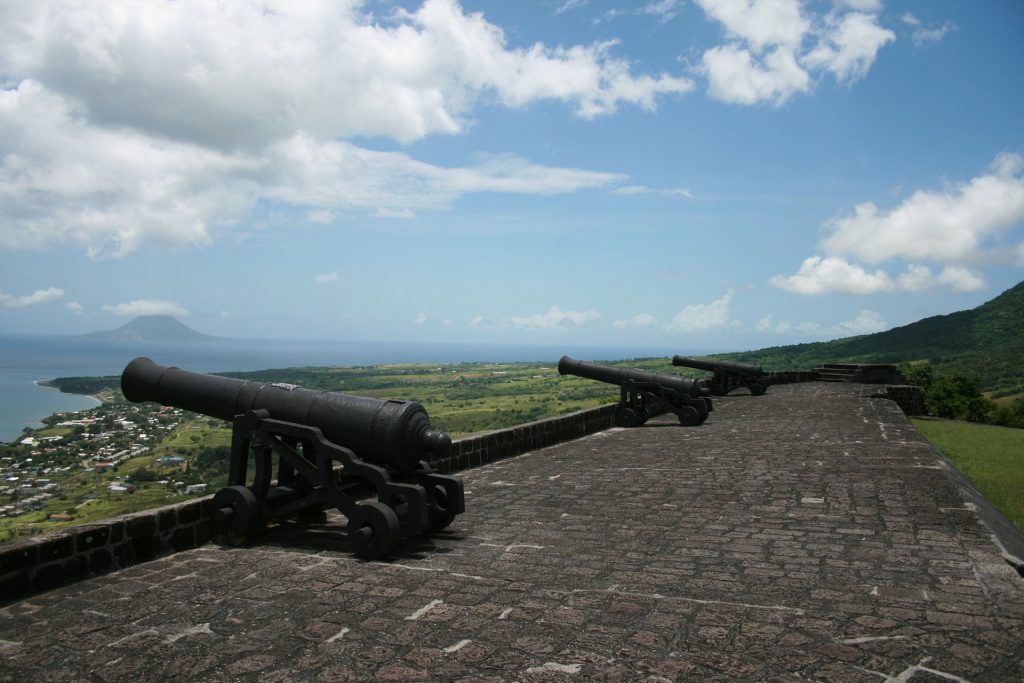
Crime
There has been an increase in the number of murders occurring on the islands however all of these are drug-related gang killings that mainly occur between traffickers. Tourists are very rarely the target of violent crime however petty crime such as pickpocketing or theft happens and requires common sense to avoid. It is best to leave valuables in the hotel room safe, using a money belt prevents pickpocketing. It is best to avoid walking around at night however if experiencing the nightlife it is best to use a taxi to return to the hotel rather than walking. Drugs of any kind are illegal on the islands.
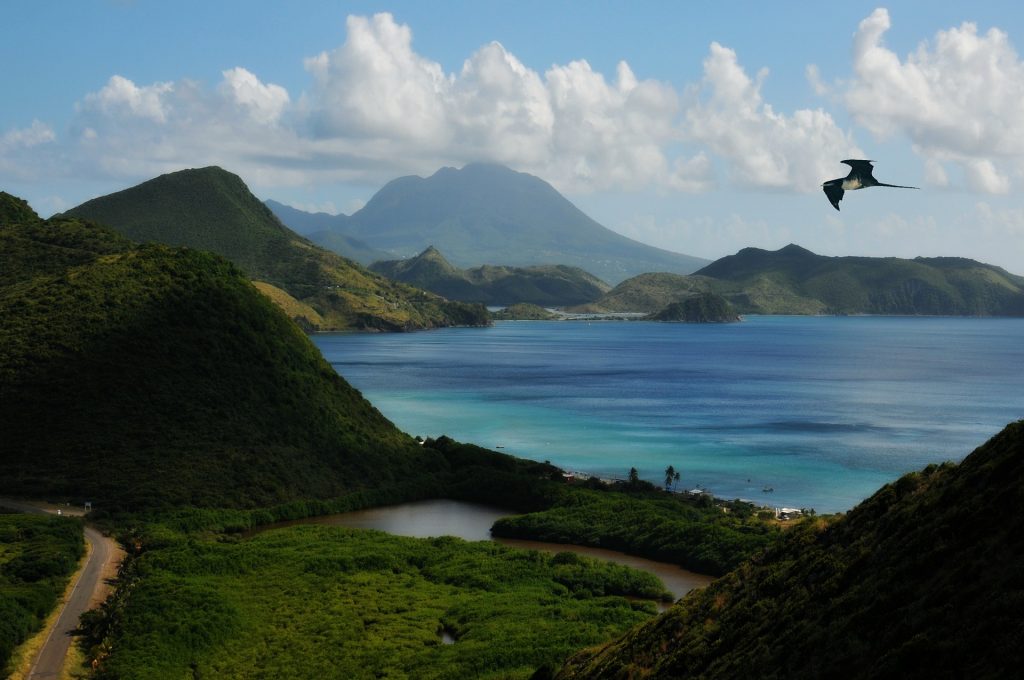
Summary
St. Kitts and Nevis is generally a safe destination with lots of folklore to explore, music festivals and friendly locals make it a great place to visit. Remember that planning your trip with Travset.com will give you the quickest information about nearest emergency services and will also help you purchase indispensable travel insurance for the trip of your lifetime. Please feel free to comment and share the experiences of your travels with Travset.com.
Sources
(Visas)
https://www.worldtravelguide.net/guides/caribbean/st-kitts-and-nevis/passport-visa/
(Vaccines)
https://wwwnc.cdc.gov/travel/destinations/traveler/none/st-kitts-and-nevis
(Yellow fever risk areas)
https://wwwnc.cdc.gov/travel/yellowbook/2018/infectious-diseases-related-to-travel/yellow-fever#5291



